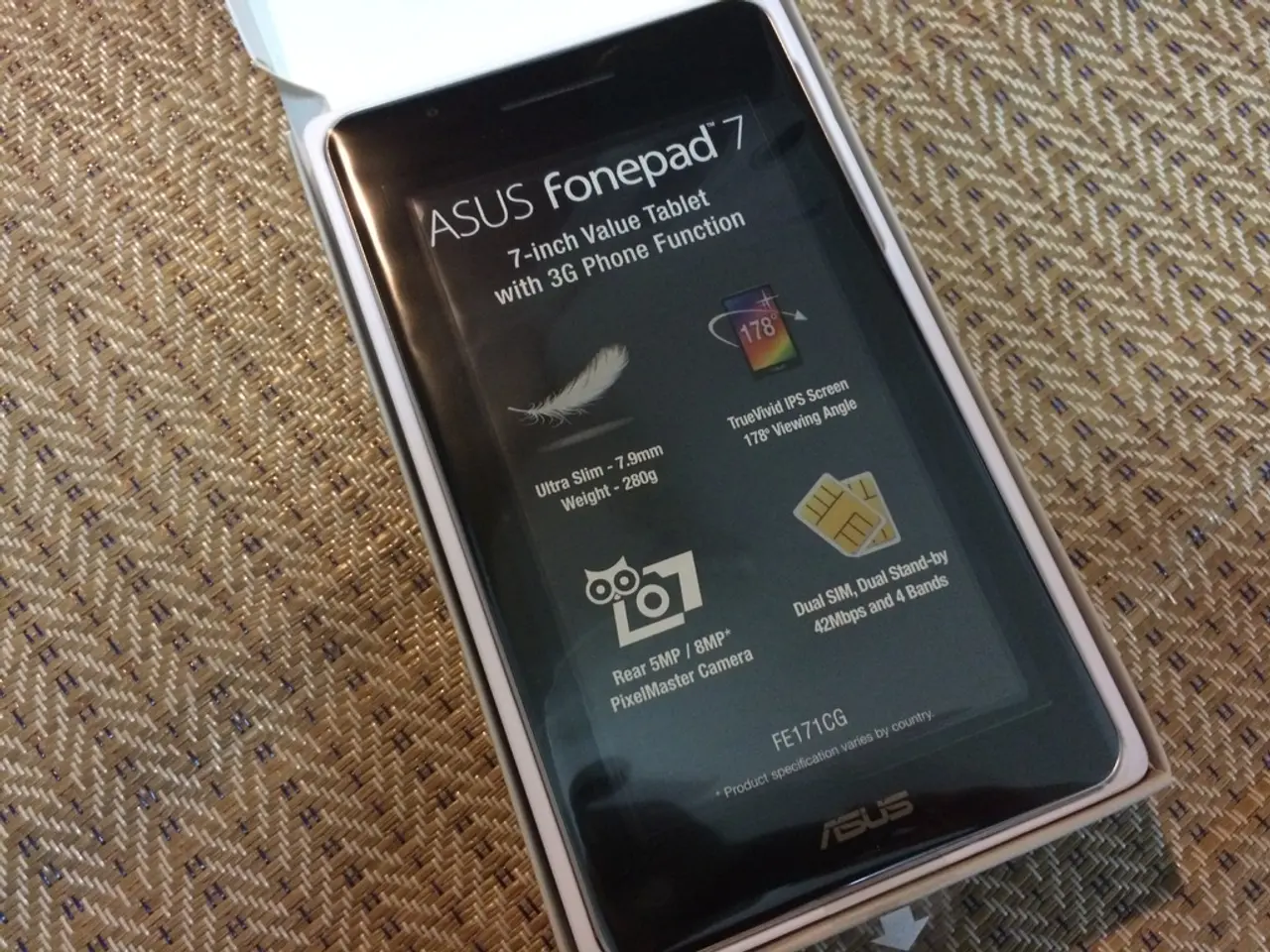Struggling Daily to Maintain a 7-Year-Old Smartphone
In the ever-evolving world of technology, the gap between the latest smartphones and their older counterparts is becoming increasingly apparent. A case in point is the Samsung J3, purchased in 2017, which, despite its relatively recent acquisition, is facing a host of issues when it comes to managing modern apps.
Over the years, the size of Android apps has quadrupled, making it difficult for devices with limited storage capacity, such as the J3 with its 16GB and non-expandable memory, to keep pace. This is compounded by the fact that apps gain weight over time due to frequent downloads of data.
Developers, in their pursuit of state-of-the-art features and optimisation for the most significant proportion of devices, often neglect older smartphones. Google Maps, for instance, cannot be uninstalled or transferred to a microSD card, and can only be disabled.
The decision to allow app installation or data storage on microSD cards in Android devices is primarily based on Android’s storage APIs, manifest settings, permission models, and device-specific behaviours. Developers must use the Storage Access Framework or request user consent to get read/write permission on external removable storage like microSD cards. They also need to manage expansion files and test extensively across devices and Android versions to ensure compatibility and proper handling of external storage.
However, not all apps are transferable. Waze, for example, is a transferable app, which helps free up space on the smartphone. Yet, turning mobile data or WiFi back on after turning them off can cause the smartphone to become unusable due to simultaneous app activity.
To clear the cache of an app, users can go to the smartphone's settings, select the app, and click on the "Clear Cache" button. But, visiting certain websites, like FranceTV Info, regularly can crash the smartphone due to resource requirements.
As the race for technological power by smartphone manufacturers and online service creators intensifies, older smartphones are being left behind. This digital divide is causing social exclusion, with difficulties in sending photos in instant messaging groups and watching videos.
Contacting designers to request improvements in compatibility with older smartphones can be an option. Rooting a smartphone allows users to delete pre-installed apps, but some apps like Google Play Movies, Music, and Magazines cannot be deleted even after rooting.
Despite these challenges, the Samsung J3, and similar smartphones, continue to serve as essential tools for communication and entertainment. However, their limitations are causing complications, with certain websites and applications being heavier than others, causing malfunctions.
In the end, the smartphone has become a forced tool for disconnection due to its limited capabilities, a stark contrast to the interconnected world it was designed to facilitate.
- The size of some modern apps, which have quadrupled over the years, poses a challenge for older smartphones like the Samsung J3, particularly due to its limited storage capacity and non-expandable memory.
- Developers, while pursuing advancements and optimizations, often neglect older smartphones when it comes to app functionality, as seen with Google Maps and FranceTV Info, which cannot be uninstalled or easily managed on devices like the J3.




